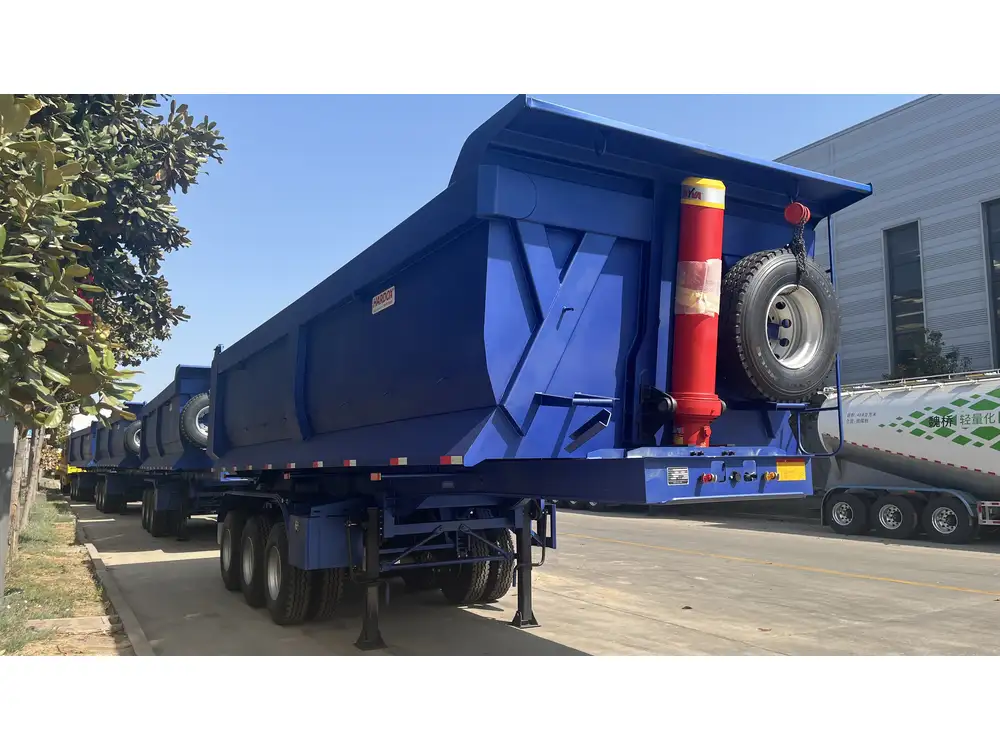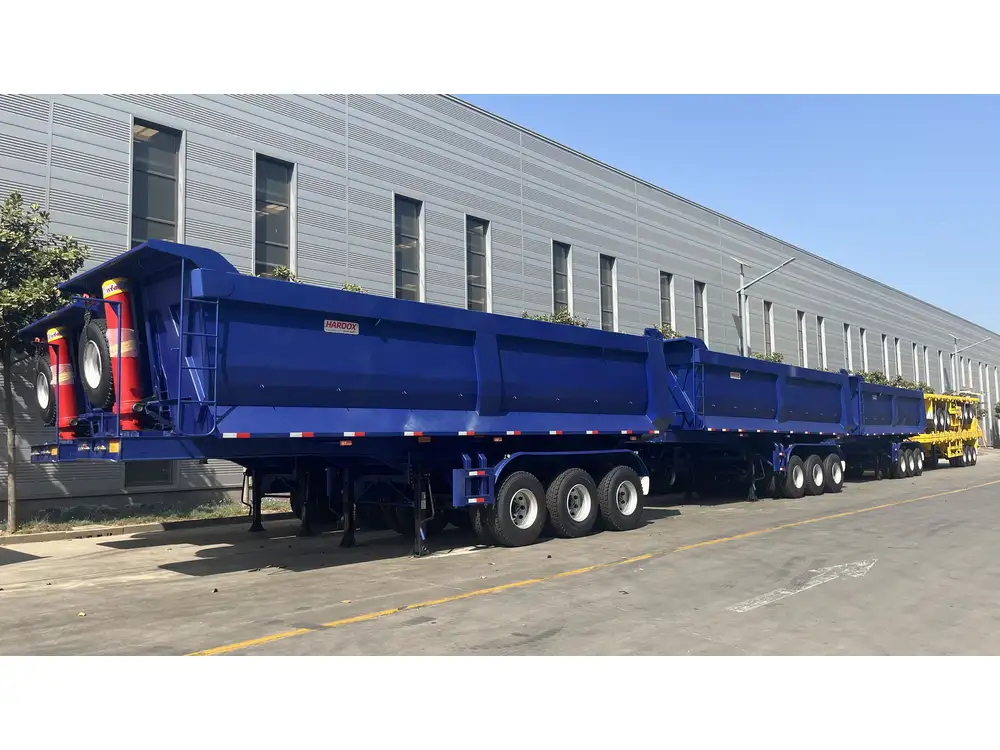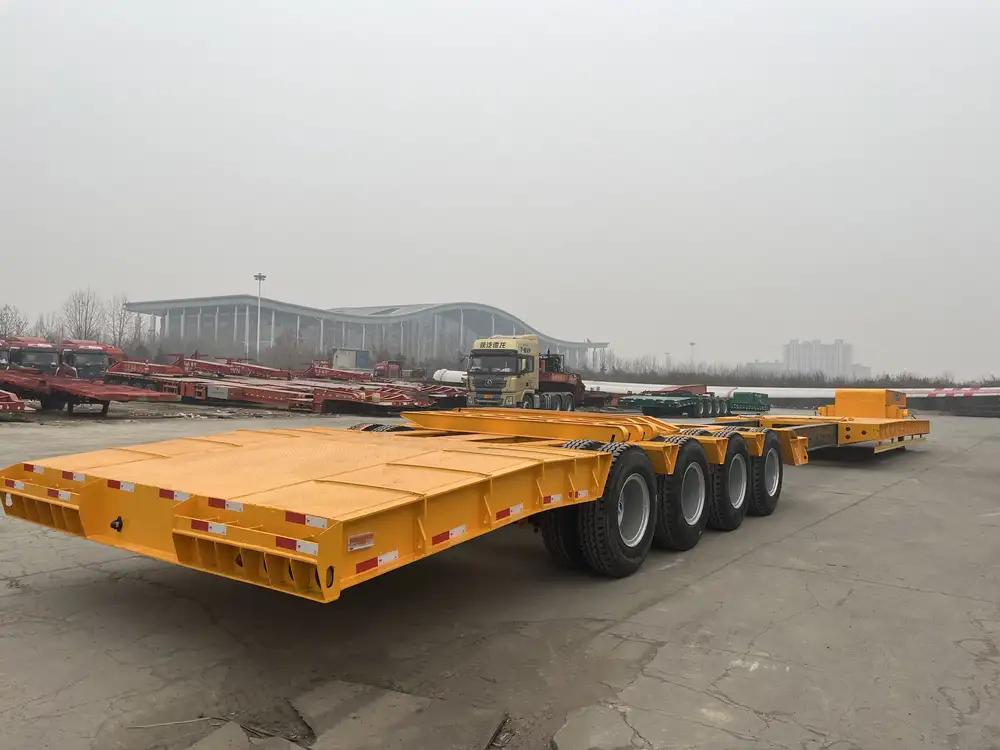When it comes to ensuring secure transport of cargo, sliding winches on flatbed trailers play an essential role. They facilitate easy load management and allow for versatile tie-down options, equipping your rig with the means to accommodate various loads safely. In this detailed guide, we will walk you through the entire process of installing sliding winches on a flatbed trailer.
Understanding the Sliding Winch System
Before diving into the installation, it’s crucial to grasp what sliding winches are and how they function. Sliding winches are adjustable tie-down points secured to tracks on the trailer bed. They provide substantial flexibility in cargo securing, especially when working with loads of varying sizes.
Key Components of Sliding Winches:
| Component | Description |
|---|---|
| Winch | A spool mechanism that allows tension to be applied to the tiedown strap. |
| Track | The rail system along which the winch can slide for adjustable positioning. |
| Pulleys | Aid in securing the load and enhancing the winch’s pulling capacity. |
| Straps | Synthetic fabric straps that provide the main tie-down mechanism. |

Preparing for Installation
Before you can install sliding winches, proper preparation is vital to ensure a successful and safe installation.
Tools and Materials Needed
- Sliding winches (compatible with your flatbed trailer)
- Winch track or rail
- Drill with drill bits
- Bolts, nuts, and washers (as specified by the winch manufacturer)
- Wrenches
- Measuring tape
- Marker or chalk for marking positions
- Level
- Safety goggles
Step-by-Step Installation Process

1. Choosing the Right Location
The first step in the installation process is selecting the ideal location for the sliding winches on the flatbed trailer.
Considerations:
- Weight Distribution: Center the winches to balance the load.
- Accessibility: Ensure ease of access when using the winches.
- Compatibility: Choose locations that align with cargo tying requirements.
2. Measuring and Marking
Once the positions are determined:
- Use a measuring tape to ensure even spacing between the winches.
- Mark the positions with chalk or a marker for drilling.

3. Preparing the Track
Next, prepare the winch track:
- Measure the length of the track needed for the winches.
- Cut the track to fit within the designated area on the trailer.
- Ensure the track is of sufficient quality and strength to bear heavy loads.
4. Drilling Holes for Mounting
Drill guide holes into the trailer bed at the marked locations to allow for bolts:
- Use a drill bit that matches the diameter of your bolts.
- Drill straight to ensure proper alignment.
5. Securing the Winch Track
Place the winch track in position and secure it using bolts:
- Insert bolts through the track into the holes you drilled.
- Tighten the bolts with a wrench, ensuring a firm attachment to the trailer bed.
- Use washers to help distribute the load and prevent damage.
Illustration of Track Installation:
--------------------------------------------
| [Winch Track Section] [Winch Track] |
| Winch Position 1 | Winch Position 2 |
--------------------------------------------
6. Installing the Sliding Winches
With the track secure, install the sliding winches onto the track:
- Carefully slide the winches into the designated positions on the track.
- Ensure that each winch can move freely, allowing for adjusting positions as needed.
7. Testing Alignment and Adjustments
Once installed, test the alignment:
- Check the functionality of the sliding mechanism.
- Adjust winches to ensure they lock securely in place.
Alignment Checklist:
- Free movement along the track
- Secure locking mechanisms
- No obstructions in sliding pathways
8. Final Checks and Maintenance Recommendations
After installation:
- Inspect all attachments to confirm stability.
- Test the overall function by extending and retracting the winches.
- Regularly maintain the winches by cleaning the track and lubricating moving parts to ensure longevity.

Maintenance Tips:
- Inspect winches before each use.
- Replace worn straps immediately to ensure safety.
- Periodically check for loose bolts and tighten as necessary.
Conclusion
Installing sliding winches on your flatbed trailer is a relatively straightforward process that can significantly enhance your load management capabilities. By following the steps outlined above, you can ensure both safety and efficiency in securing your cargo. Remember, regular maintenance and checks are just as vital as the installation itself.
Additional Resources
- Best Winches for Flatbed Trailers: Explore various brands and models suitable for different payloads.
- Load Securing Techniques: Understanding how to effectively tie down different types of cargo.
- Regulatory Guidelines: Familiarize yourself with local laws regarding cargo securing to avoid penalties.
Following this comprehensive guide empowers you with the knowledge needed for proper installation, ultimately leading to safer transport operations. Start today, and enjoy the peace of mind from secure loads on your flatbed trailer.



